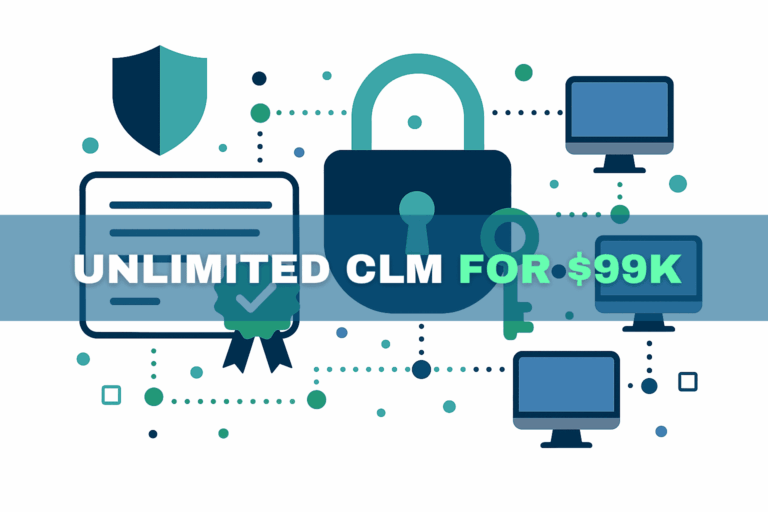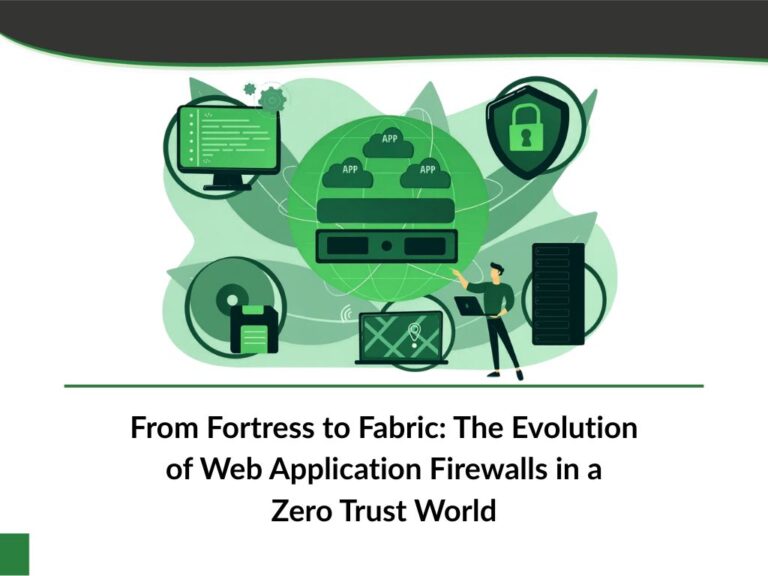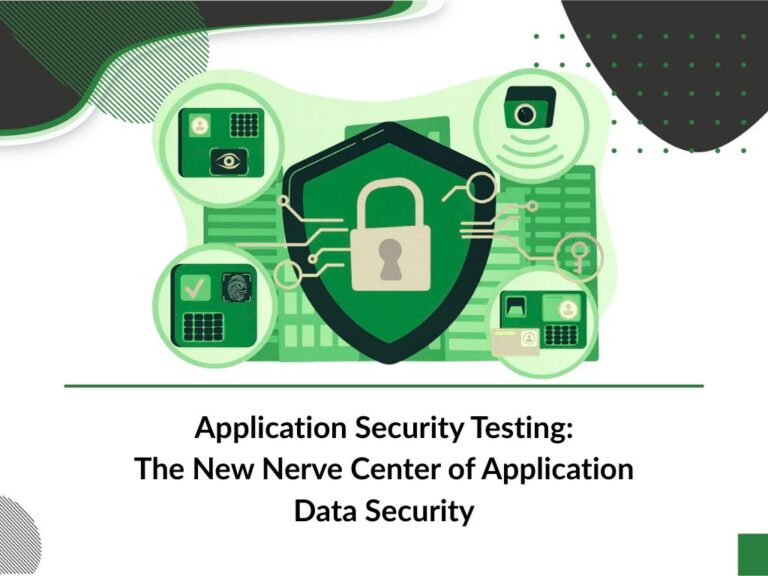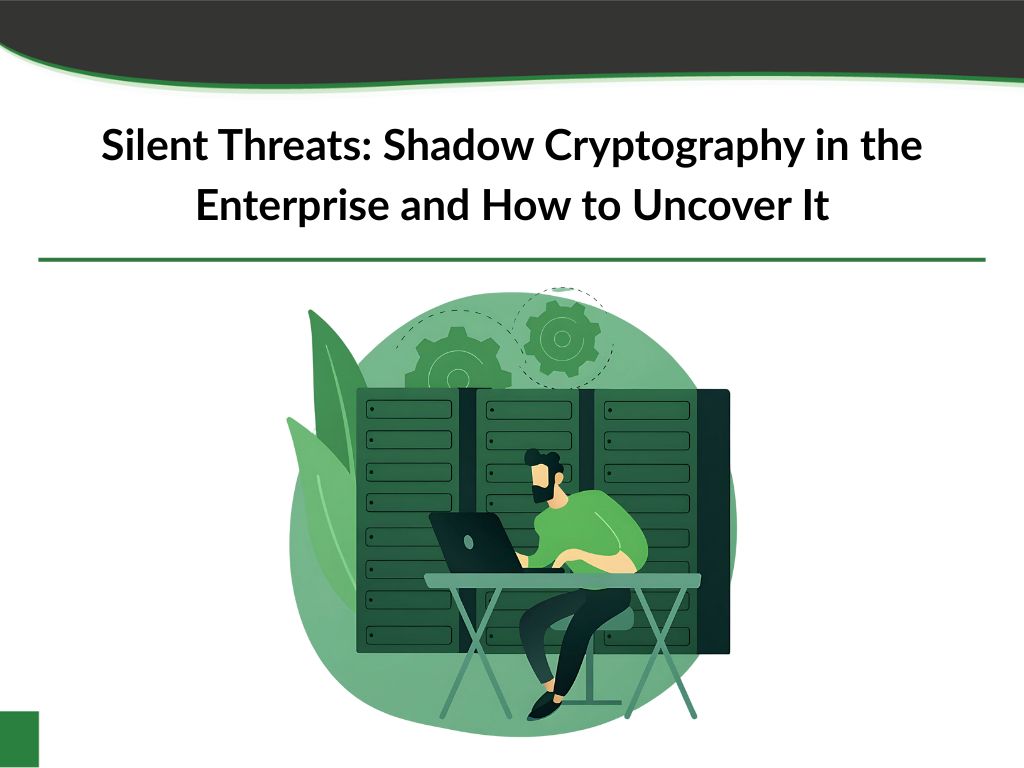In the modern enterprise, cryptography is everywhere, securing communications, protecting sensitive data, and validating software authenticity. But hidden beneath this layer of protection lies a growing, often invisible threat: shadow cryptography.
Much like shadow IT, shadow cryptography refers to unmanaged, untracked, or unauthorized cryptographic implementations, such as self-signed certificates, ad-hoc encryption libraries, orphaned keys, or unsanctioned crypto services. These are cryptographic operations taking place outside the purview of security teams, and they represent serious risks to compliance, operational continuity, and security integrity.
What Is Shadow Cryptography?
Shadow cryptography includes any cryptographic artifact or process that operates beyond formal governance. Examples include:
- Developers generate self-signed TLS certificates for testing but never revoking or registering them.
- Legacy keys that remain active long after their associated users or systems are gone.
- Secrets hard-coded into source code or stored in unsecured locations.
- Unapproved libraries implementing outdated or broken cryptographic algorithms.
In many cases, these decisions are made out of necessity, developers may bypass internal PKI or HSM requirements for speed, or teams may integrate open-source tools without validating their crypto configurations. Over time, this creates crypto sprawl: an environment where keys, certs, and algorithms are scattered across systems, containers, and cloud providers, with no clear ownership or lifecycle control.
How Shadow Crypto Emerges
Shadow cryptography is a natural byproduct of modern IT practices:
- DevOps and CI/CD: Fast-moving development teams often prioritize delivery speed over governance. If integrating with the corporate HSM adds delay, developers may opt for local key generation, undermining central oversight.
- Cloud and Multi-Cloud Environments: Each cloud provider offers its own Key Management Service (KMS), often leading to isolated crypto silos. Developers might create new API keys or encrypt data with provider-native tools without registering those keys centrally.
- Containerization and Microservices: As organizations move to container-based architectures, each service or pod might handle its own certificates or keys. Without automated tracking, these credentials multiply and go unmonitored.
- Open-Source Dependencies: Many software libraries come with bundled cryptographic modules. Developers may unknowingly introduce weak or deprecated algorithms simply by importing packages that use insecure defaults.
In all these cases, the crypto is doing something to protect data or enable access, but it’s invisible to the organization’s broader security governance.
Why It’s a Problem
- Security Risk – Shadow crypto opens the door to vulnerabilities. Expired certs can break services. Weak encryption (e.g., using SHA-1) can be exploited. Stale SSH keys or unrevoked certificates could be used for lateral movement or impersonation by attackers.
- Operational Risk- Undiscovered cryptographic components can trigger outages. For example, an expired certificate could bring down a mission-critical app, or the loss of a private key could render encrypted backups useless.
- Compliance Failures – Standards such as NIST SP 800-57, CNSA 2.0, and PCI-DSS require cryptographic controls to be fully auditable. Without an inventory of cryptographic assets, organizations may fail compliance audits or be unable to prove the strength or lifecycle of their cryptography.
- Quantum Migration Challenges – As post-quantum cryptographic standards emerge, organizations will need to update legacy algorithms. But you can’t migrate what you don’t know exists—untracked crypto could delay or derail PQC readiness.
How to Discover and Eliminate Shadow Cryptography
- Build a Cryptographic Inventory
Start with visibility. Perform a discovery process that catalogs:
- All certificates (TLS, code signing, document signing)
- Keys in cloud KMS, HSMs, and local systems
- Secrets in source code or configuration files
- Libraries and algorithm usage across applications
This is the foundation of a Cryptographic Bill of Materials (CBOM), a comprehensive map of your cryptographic ecosystem.
- Use Automated Scanning Tools
There are specialized tools that can scan IP ranges, cloud workloads, and source code for:
- Self-signed or expired certificates
- Unapproved or weak encryption libraries
- Hardcoded secrets and orphaned keys
- Outdated cryptographic protocols (e.g., TLS 1.0, MD5)
These scanners help surface “invisible” cryptography that might otherwise go unnoticed.
- Centralize Cryptographic Operations
Where possible, consolidate cryptographic actions under a unified control plane. This could include:
- Hardware Security Modules (HSMs) for root-of-trust operations
- Cloud-native Key Management Systems (KMS)
- Certificate Lifecycle Management (CLM) tools
- Secrets managers (e.g., HashiCorp Vault, AWS Secrets Manager)
Platforms like Garantir’s GaraTrust can facilitate secure, high-performance cryptographic operations, like code signing, SSH, and TLS, while keeping private keys centralized and protected.
- Automate Lifecycle Management
Implement workflows for:
- Certificate issuance, renewal, and revocation
- Key rotation and archival
- Expiration alerts and compliance audits
Automation reduces human error and ensures no cryptographic asset is forgotten or left in place indefinitely.
- Update Policy and Developer Practices
Governance must evolve with technology. Enforce policies that require:
- Use of approved algorithms and libraries
- Registration of all crypto assets
- Integration with secure issuance systems
- No local or hardcoded key storage
Developer-friendly platforms and training help prevent the temptation to “go rogue.”
The Strategic Value of Bringing Crypto Out of the Shadows
Tackling shadow cryptography isn’t just a security imperative, it’s a strategic enabler:
- Crypto-agility becomes possible. Swapping out RSA for a post-quantum algorithm is easier when all crypto is inventoried.
- Zero Trust architectures become more robust. Strong device and user authentication depend on tightly managed key systems.
- Business continuity improves. Outages due to expired certs or lost keys become far less likely.
- Regulatory readiness strengthens. From GDPR to CNSA 2.0, crypto compliance depends on control and visibility.
Shadow cryptography thrives in complexity and silence. But with the right mix of discovery tools, governance, and centralized infrastructure, organizations can reclaim control, reduce risk, and prepare for the future of cryptography, post-quantum and beyond.



